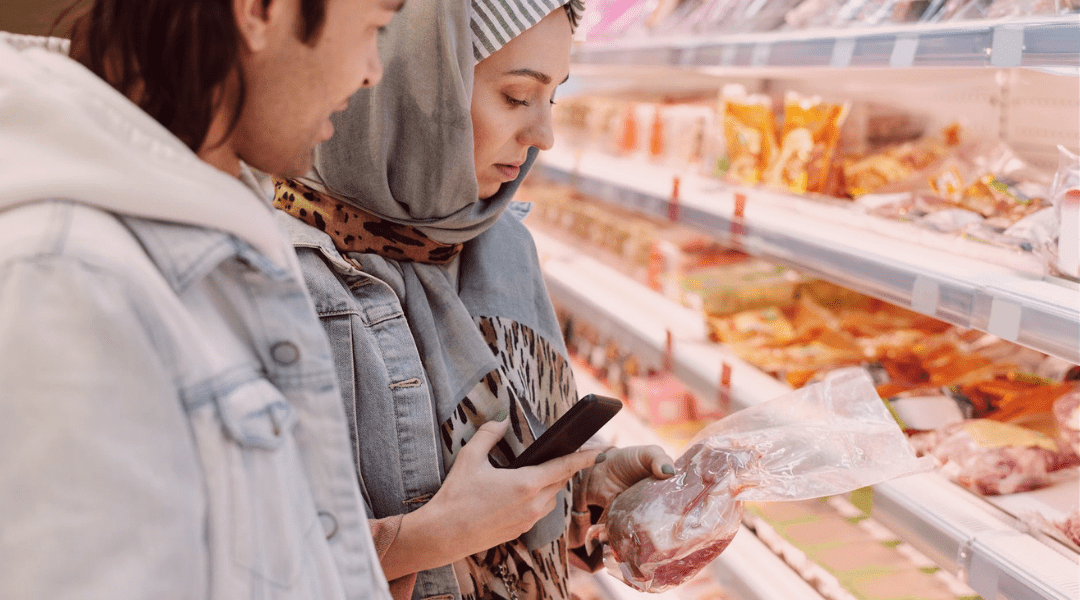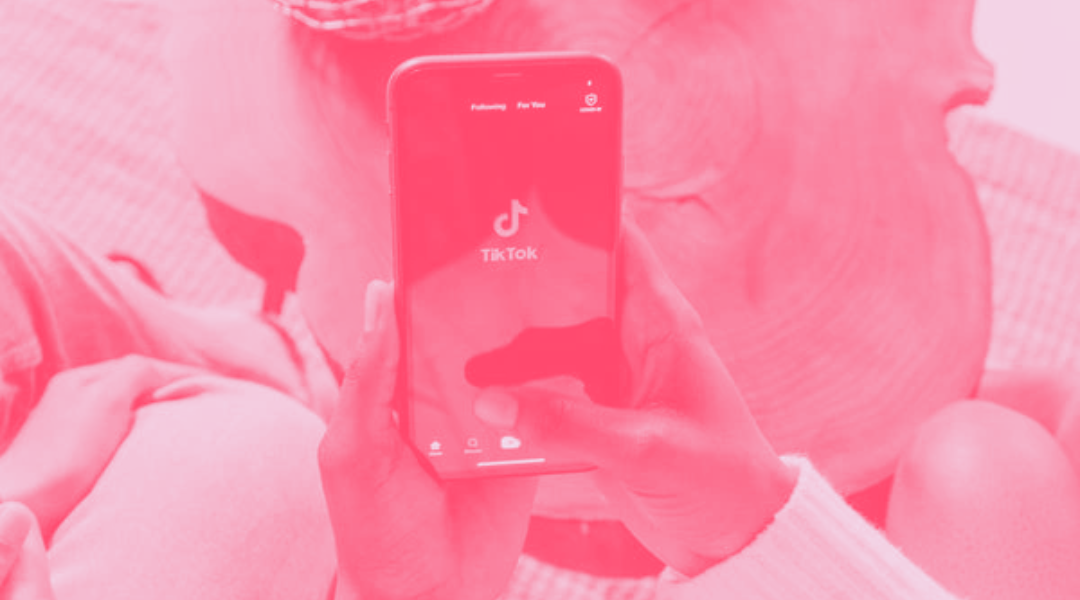What is m-commerce and how to optimise your campaigns in 2023?
The impact of the mobile phone in our lives is increasing. It is a tool that is part of our daily lives and accompanies us in (almost) every activity...
Plan, activate and control media to hit targets with precision.
Turn data into smart decisions with advanced analytics and modeling.
Efficiency, governance and scale for agencies and teams.
![[Ebook] SEO + AI: eBook to Master AI Overviews and GEO](https://www.adsmurai.com/hubfs/MKT%20-%202025/WEB/Resources%20-%20Banners/HeaderEN_Ebook_SEO+AI.png)
[Ebook] SEO + AI: eBook to Master AI Overviews and GEO
Learn how to structure and distribute your content so generative models can understand it, trust it, and reuse it in their answers. A practical guide to compete and appear in AI Overviews and AI-powered assistants.
Discover more
COVID-19 has been an accelerator of both consumption and new habits on the part of the consumer and the ecosystem in general. In 2020 we have seen how e-commerce has brought with it a need to transform the value proposition of brands and the purchasing processes they offered to users. Both brands and consumers have been forced into digital interaction.
Generation Z has intensified its digital consumption, millennials have opted for the "click&collect" option and a new segment of "senior" consumers has appeared, who had had little penetration until now and by necessity (or social obligation) have joined as a relevant group within e-commerce consumption.
In this digital acceleration, 3 concepts stand out: personalization, marketplaces and social commerce. In an online environment, it is the brand that leads the consumer experience and chooses how to address its consumers. Marketplaces have become not only the fastest growing online sales platforms but also search engines for the consumer. Finally, the consolidation of social media has brought with it a challenge for brands to convert traffic into sales.
In this context, let's talk about m-commerce or mobile commerce as one of the key trends for 2021.
Although you have probably heard about the e-commerce boom in recent years, the post-pandemic context has precipitated the popularity of m-commerce. While e-commerce involves shopping online via a computer, m-commerce or mobile commerce involves shopping via a mobile device (smartphone or tablet).
This is the first change in user consumption habits. It is no secret that consumers use their cell phones to shop online, what is really remarkable is how they make those purchases. Instead of Internet search engines, mobile applications have become the preference of users when they are about to make a purchase. Apps are likely to consolidate the growth of m-commerce.
This aspect is key for brands, since in 2021, in addition to having a website optimized for e-commerce through mobile devices, they will also have to have an application that allows online shopping.
With the growth of mobile app purchases, it is not surprising that the estimate is that in 2021 54% of total e-commerce sales will actually be m-commerce sales.
The migration of consumers to applications has meant that the payment process has become increasingly user-friendly. Historically, it was a step that required a lot of information to be filled in (name, credit card, expiration date, address, email...). For that reason, one-click shopping is another aspect that your brand cannot overlook. This process involves the user only entering the payment information once and having the option of one-click shopping every time they place a new order.
97% of shopping carts on mobile websites are abandoned, while on mobile apps the abandonment rate is only 20%. In addition, m-commerce allows you to obtain user data and link it to their profile. Win-win!
As we know brands use social networks to gain exposure and awareness, but what is the challenge now? Converting the traffic that has been generated on them into sales. If your consumer is an active user on social networks, it will be easier to impact them through applications rather than websites.
Platforms such as Facebook, Instagram, Twitter or Pinterest have already introduced in-app purchasing options. An easy way to buy products directly from the app without forcing the user to leave the app, open the browser, browse and find the product.
The definition of omnichannel can vary depending on the context, but in general it refers to the presence and adaptation of the message in different channels and platforms depending on where the user is in the funnel. That is, selling products through multiple channels: website, mobile app, physical store, etc.
The consumer receives information from many sources before processing a purchase. In fact, many smartphone users consult their mobile device while shopping in physical stores.
In other words, online and offline are part of the same process that goes in both directions and separating them only leads to a loss of audience and less power to measure results.
What do these four 2021 trends have in common? App integration. It's time to take advantage of this change in consumer habits by discovering and optimizing user activity in apps to get the most out of your e-commerce and app campaigns to make it big in 2021.

The impact of the mobile phone in our lives is increasing. It is a tool that is part of our daily lives and accompanies us in (almost) every activity...

TikTok has one goal: to connect community, entertainment and shopping. In fact, as we see with its recent updates, shopping is becoming more and more...

TikTok Shop has revolutionised the way brands interact with their consumers, fusing entertainment with e-commerce in a way never seen before.